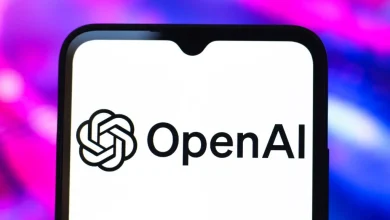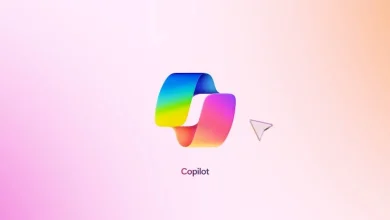
Meta Unveils Llama 4 Advancing Open AI Innovation
Meta launches Llama 4, its most powerful open AI model series yet, designed for enterprise tools, chatbots, and coding applications.
Meta has released its latest generation of open-weight large language models under the name Llama 4, marking a major leap forward in its AI development strategy. The new models include the first two Llama 4 variants—focused on text generation—and will be accessible through Meta’s own platforms and third-party services like AWS, Google Cloud, and Hugging Face.
Meta’s strategic move involves democratizing AI access through its plan to offer advanced freely available tools targeting both researchers and businesses. According to the company, Llama 4 models have been trained on more data than ever before, improving their reliability and usefulness across applications like customer support, content generation, and coding assistance.
Powerful Performance Enhancements in Llama 4
The Llama 4 models stand out for their improved performance benchmarks and versatility. Llama 4’s 8B and 70B parameter versions are released now as part of the Meta product line which will receive multimodal and multilingual capabilities by the end of 2024. These enhancements position Llama 4 as a strong competitor to other top-tier AI models from OpenAI, Google, and Anthropic.
Meta says that Llama 4 was trained with significantly more data than its predecessors, particularly in high-quality web sources and code repositories. Through its enlarged model capacity the models show superior performance especially in situations that require extensive reasoning as well as summarization and following instructions. The 70B version stands out by producing remarkable outcomes during various academic along with industry-standard assessment sessions.

Building the AI Ecosystem Around Llama
Meta’s commitment to open innovation continues with the release of the Llama 4 research papers and model weights, giving developers deep access to the architecture and training methods. The company verified the creation of Llama 5 for training while advertsing its soon-to-completed multimodal version.
In addition to the models, Meta is rolling out new tools to support the use of Llama 4, including performance-tuned inference runtimes and integrations with PyTorch and NVIDIA’s TensorRT. These updates will help developers deploy Llama 4 more efficiently across both cloud and edge environments.

Final Thought
As enterprise adoption of AI continues to grow, Llama 4 could serve as a vital building block for startups and major tech companies alike. The open model strategy from Meta distinguishes it from competitors who maintain their top-performing models hidden by commercial restrictions. By making Llama 4 accessible, Meta is encouraging experimentation and faster progress in AI development.
With support from partners like Microsoft Azure and training powered by a customized NVIDIA infrastructure, Meta is scaling Llama 4 for global use. The model family will act as a leading force to design future AI applications by providing capabilities to power from chatbots to coding copilots to enterprise knowledge systems.



